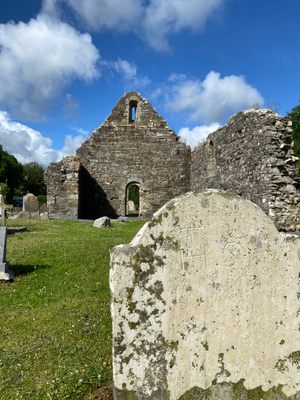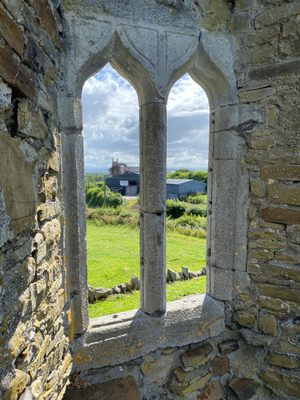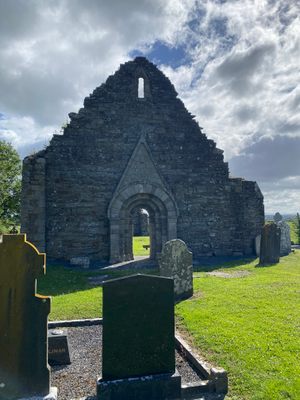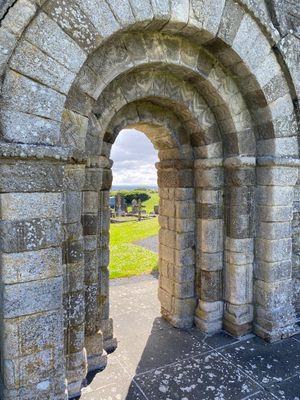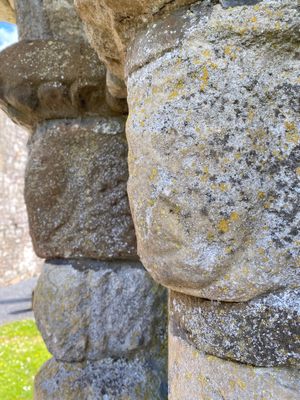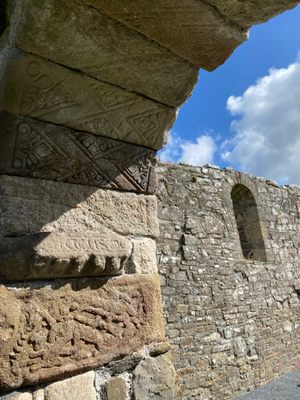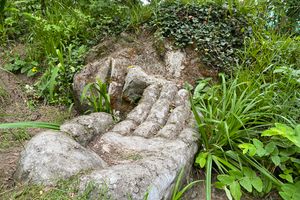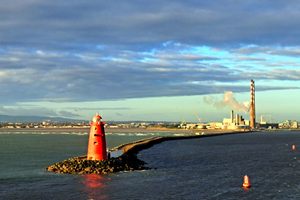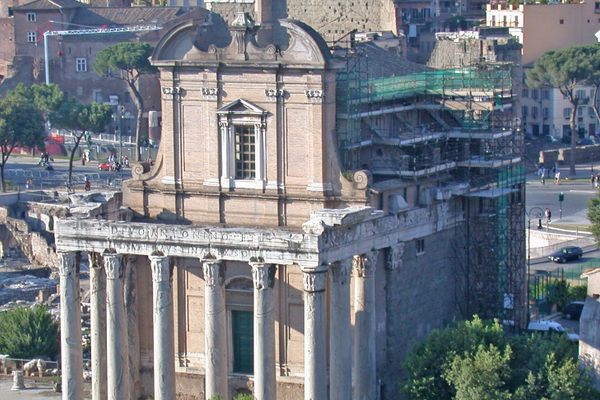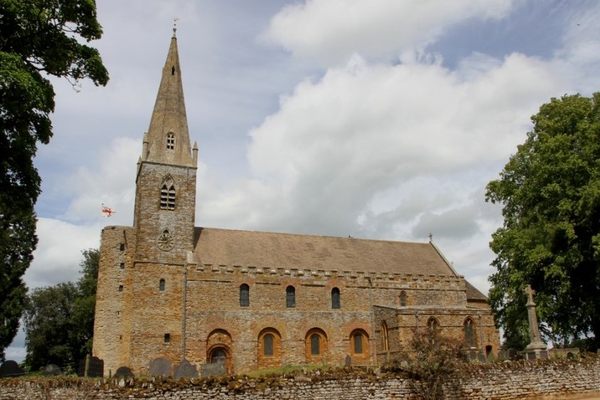About
One of the best preserved examples of Romanesque architecture in Ireland can be found at these secluded monastery ruins. Originally built out of wood during the 9th century, Killeshin Church was destroyed and rebuilt several times during the Viking Age. Its stone doorway, built between 1150 and 1160, is one of the best surviving examples of Romanesque arches in Ireland.
Romanesque architecture was used throughout Europe between the 6th and 11th centuries. Its thick walls and round arches were designed to mimic the Roman Empire. On the church, a distinctive triangular gable above the archway is its clearest remaining sign of Romanesque design. Stone carvings around the entrance show a scattering of early Christian and pagan imagery, including a manticore (a lion/human/scorpion hybrid), griffin, and dragon. All 12 apostles surround the archway. There are five on each side, as well as St. Peter in the archway’s keystone and Judas at the appropriate ground level.
The use of different colored stones in the archway has led archeologists to believe it was once painted bright colors. St. Peter is slightly off center, which may be a sign the doorway was reconstructed during the 15th century. A weathered inscription over the doorway reads, “ORAIT DO DIARMAIT RI LAGEN,” which is Middle Irish for, “a prayer for Dermot, King of Leinster.”
King Dermot MacMurrough of Leinster first invited the Anglo Normans to invade Ireland when Rory O'Connor took over his kingdom his kingdom in 1166, only a few years after the construction of the archway. Although most of Ireland acknowledged O’Connor as their true king, MacMurrough returned in 1169 with an army of Anglo Norman mercenaries, who quickly overtook the Irish defenders with their overwhelming numbers. This marked the beginning of over 800 years of British occupation in Ireland.
An adjacent round bell tower was demolished in the early 1700s by a farmer who was concerned that it might fall on his cattle. Rocks left over from the round tower may have been reused for the stone wall surrounding the cemetery, as well as local cottages. Reported to have been 105 feet tall, the bell tower at Killeshin Church would have once been one of the tallest in Ireland.
Today this historical site is maintained by a local Killeshin man whose family is buried on the church grounds.
Related Tags
Know Before You Go
From Carlow take the R431 west to Killeshin. Then turn left on to the Springhill Road. Take the next right. The church is up this road on the right.
Community Contributors
Added By
Published
August 9, 2022
